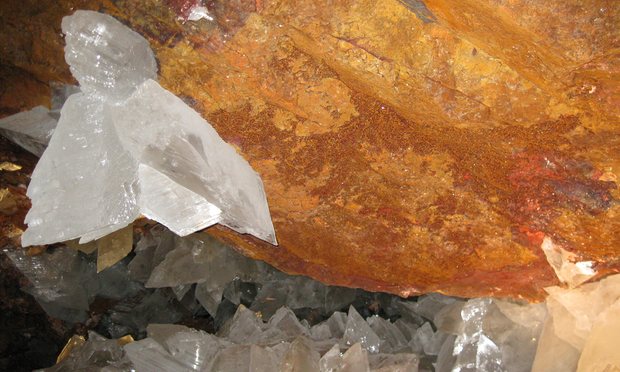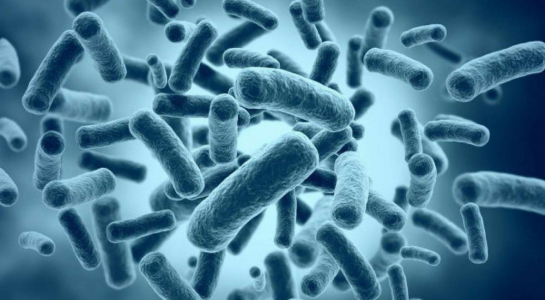Bacteria that live over 50,000 years in caves in Mexico
New forms of ancient bacteria and viruses have been discovered living in crystals in extreme conditions, in an abandoned lead and zinc mine.
According to the Guardian, in a beautiful cave system, considered a fairytale and hellish world, scientists have discovered that life forms are locked in crystals, which can last up to 50,000 years.
This ancient bacterium was found in caves in Naica, northern Chihuahua state, Mexico. Bacteria can live in mineral crystals like iron and manganese, said Penelope Boston, head of NASA's Institute of Astrobiology.

Where scientists discovered 50,000-year-old bacteria in Mexico.
" It's a transcendent life form, " Boston said when announcing the discovery on February 17, at a science development conference in Boston. She thinks that this bacterium is like a time machine.
If confirmed, this is another example of how bacteria can survive the harshest conditions on Earth.
This 9-year long study has not been published in scientific journals. Boston plans to test the genetics of this bacterium both in natural and laboratory conditions.

Microbial artwork.
Naica Cave is an abandoned mine, 800 meters deep underground. Before being explored, this mine was completely separate from the outside world. The temperature was so high that scientists had to wear the same clothes as astronauts.
Boston said her team only worked for 20 minutes in such conditions before having to take refuge in "a cooler room", about 38 degrees C.
Because of the nature of work, NASA does not allow Boston to disclose more information. This is not the oldest life in harsh conditions.
A few years ago, a group of scientists published a study of a bacterium that may have existed for half a million years and is still alive. This bacterium is locked in ice and salt.
The lifespan of bacteria found in Naica caves is determined by other experts. They evaluate based on where the bacterium exists and the growth of the crystals.
Boston is also exploring another type of bacteria in the US and Ukraine. The bacterium eats copper sulfate and is nearly impossible to destroy.
- Discovered a bizarre life, eating poisonous gas in a flooded cave in Mexico
- Bacteria can help people live 140 years
- Surprise with things inside the cave 5.5 million years separate from the outside world
- Found 3,000 species of bacteria from the Jurassic period in Mexico
- The silent savior of the Gulf of Mexico
- Mexico discovered 5000 ancient paintings in the cave
- Bacteria help people live
- Bacteria live 86 million years without eating or drinking
- Discovery of art caves near 50000 years old
- Discovery of art caves 14,000 years old
- 'Aliens' cave mystery in Australia
- Isolate bacteria that oxidize self-sustaining ammonia in the sea
 Why do potatoes have eyes?
Why do potatoes have eyes? 'Tragedy' the world's largest carnivorous life: Death becomes ... public toilet
'Tragedy' the world's largest carnivorous life: Death becomes ... public toilet Tomatoes were once considered 'poisonous' for 200 years
Tomatoes were once considered 'poisonous' for 200 years Detecting microscopic parasites on human face
Detecting microscopic parasites on human face